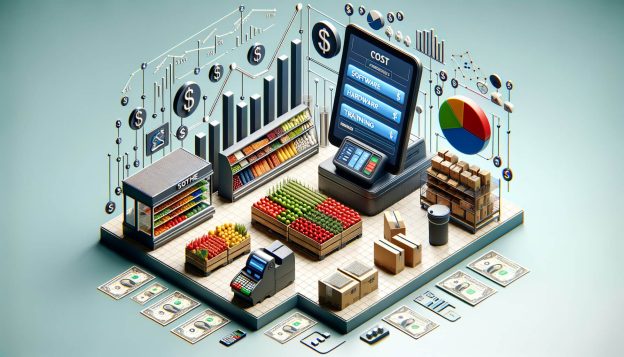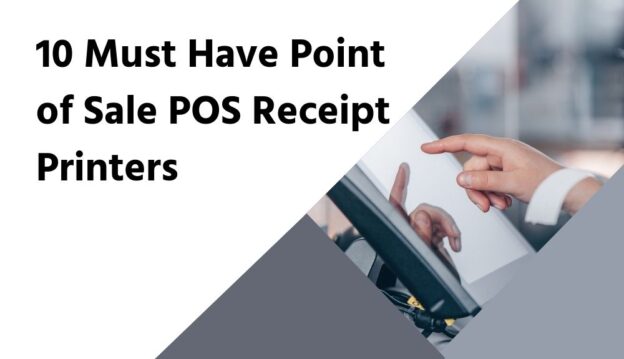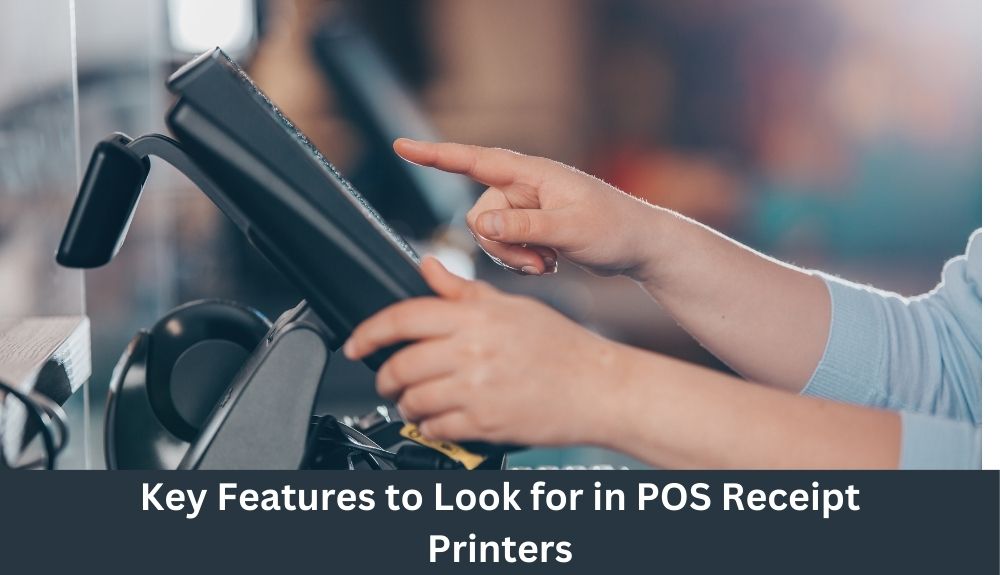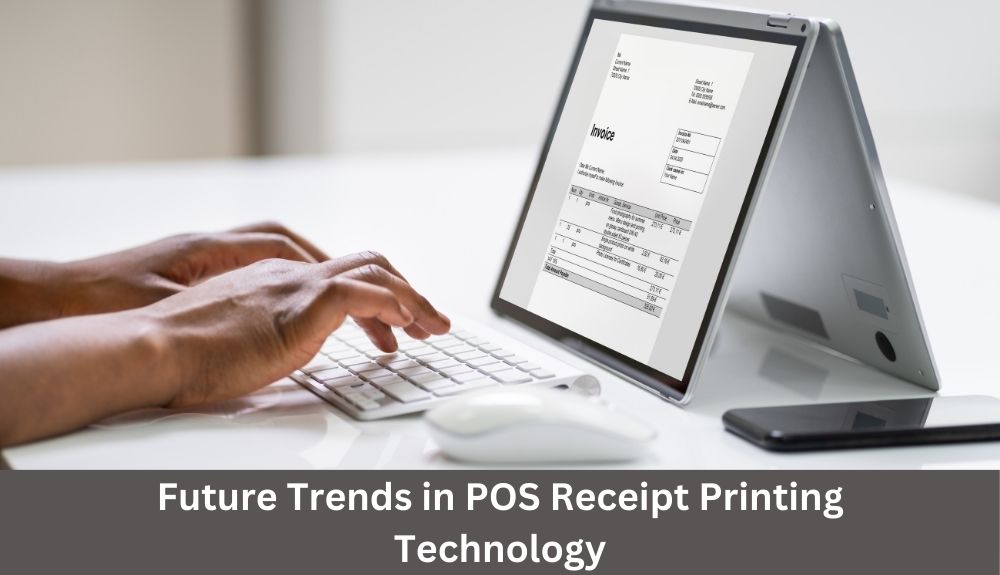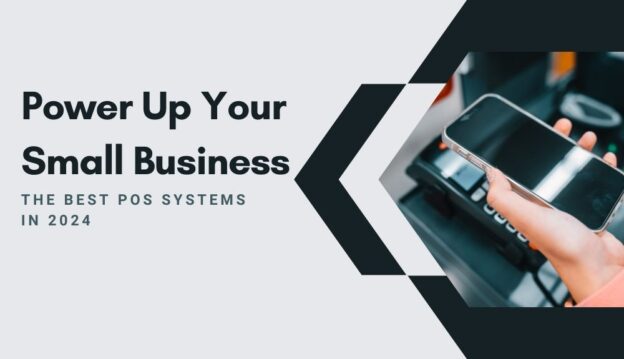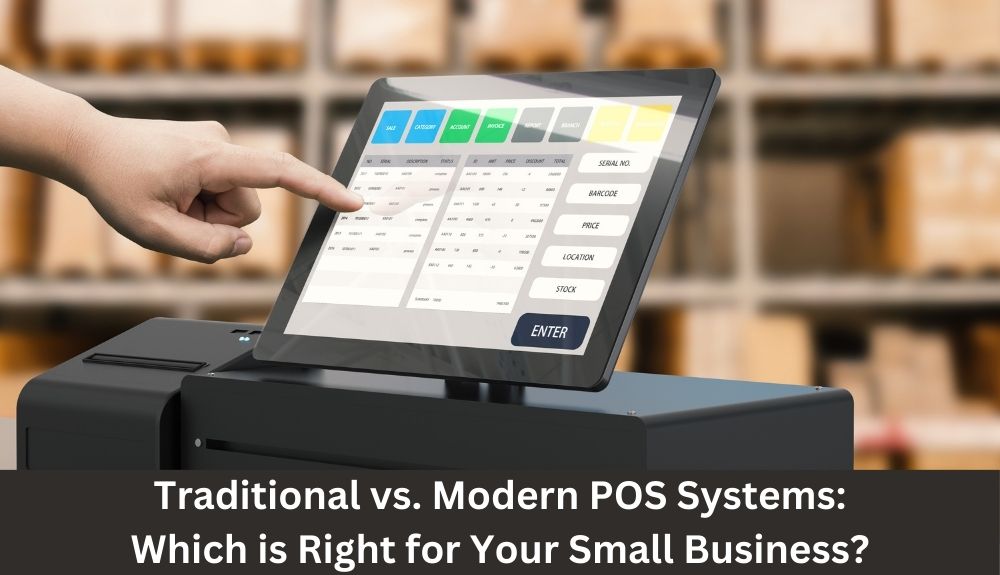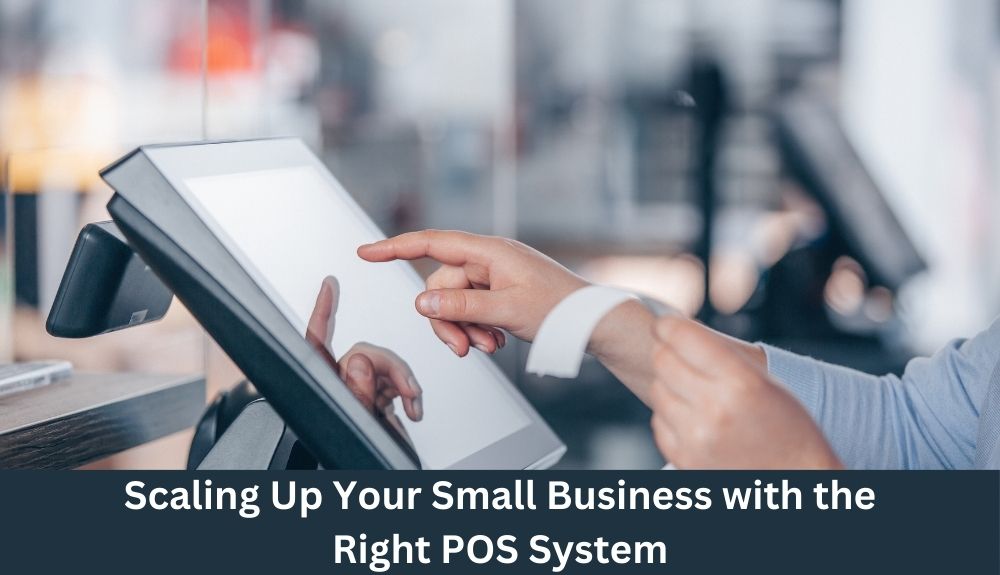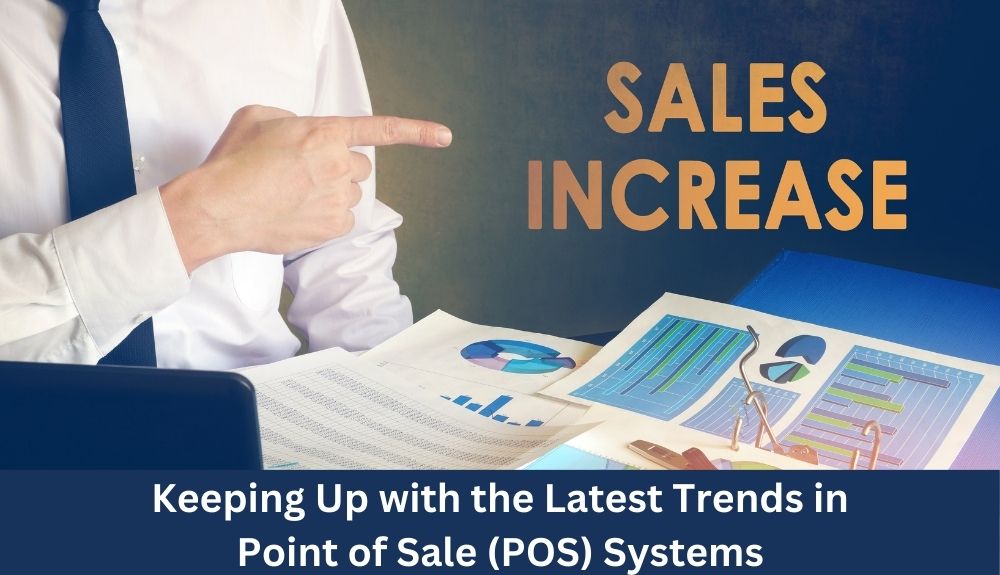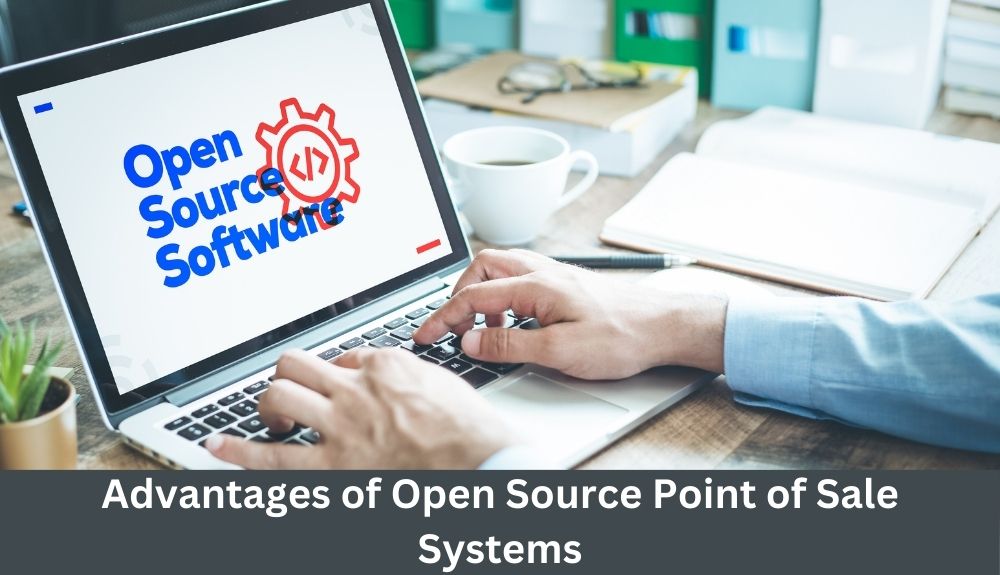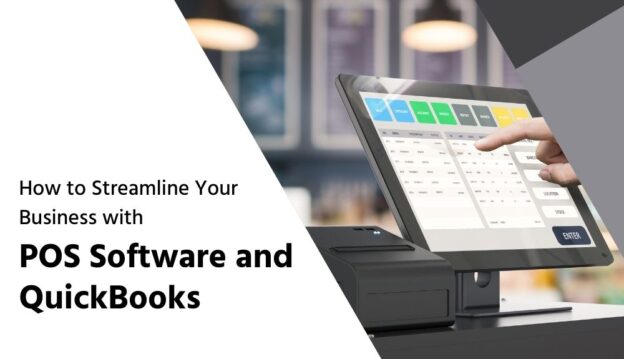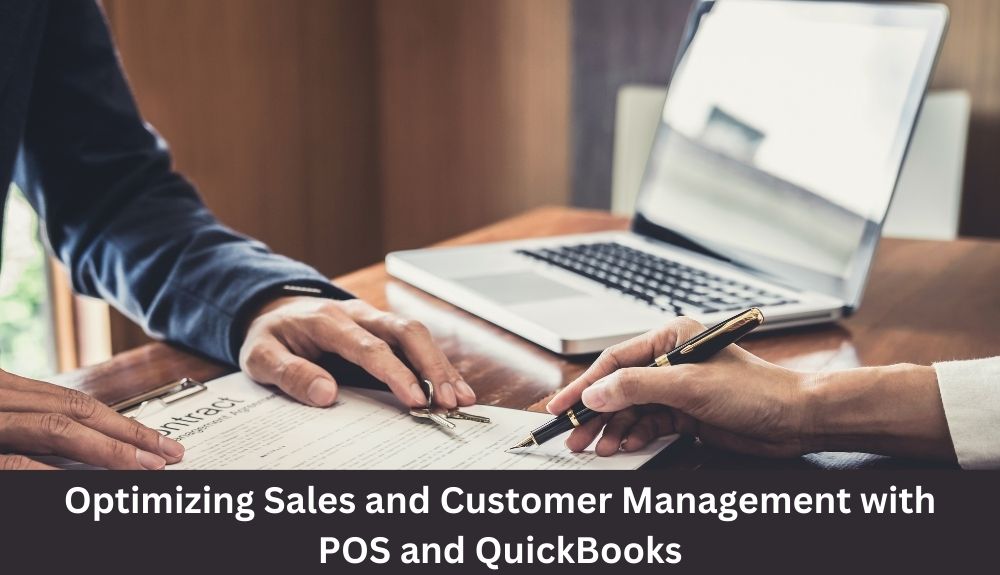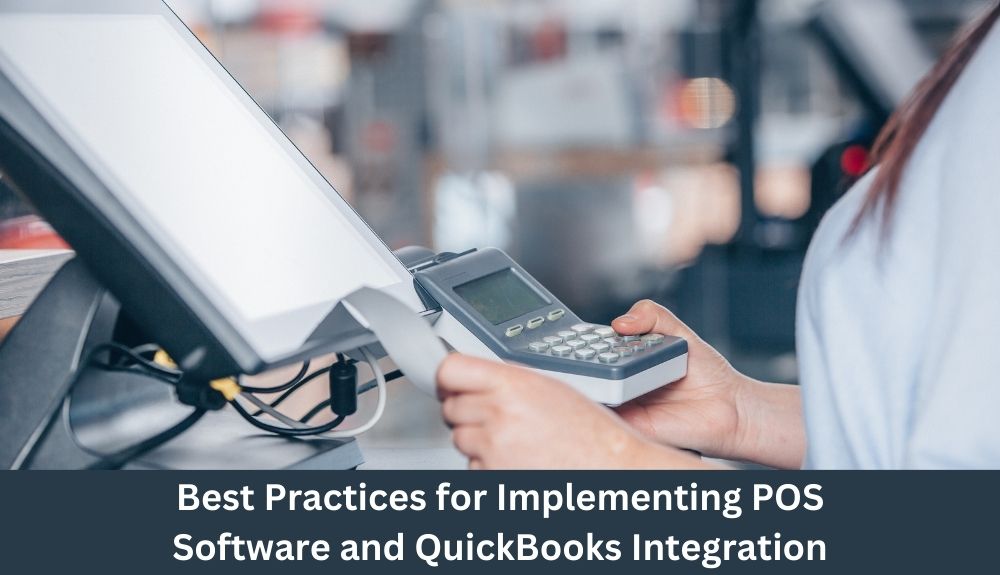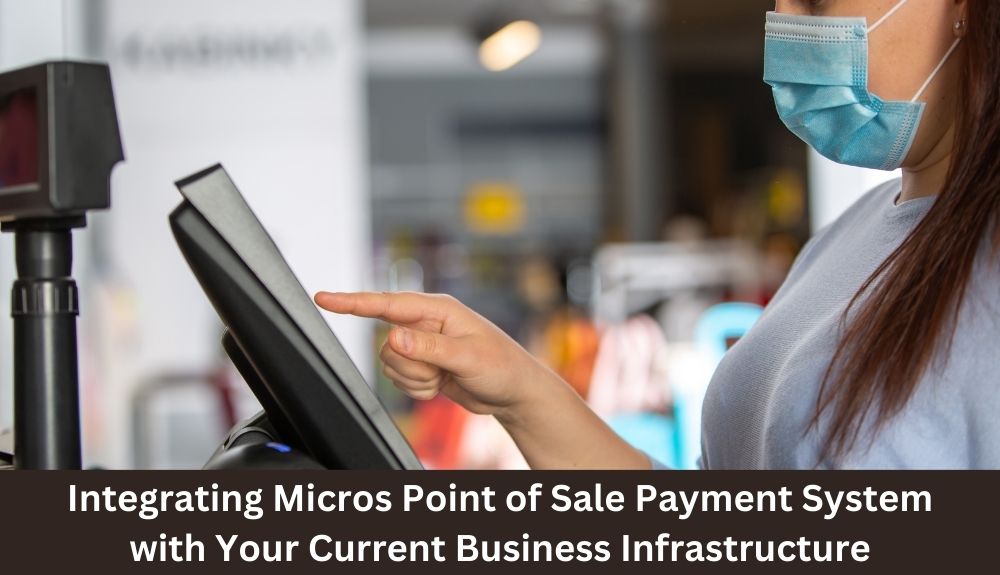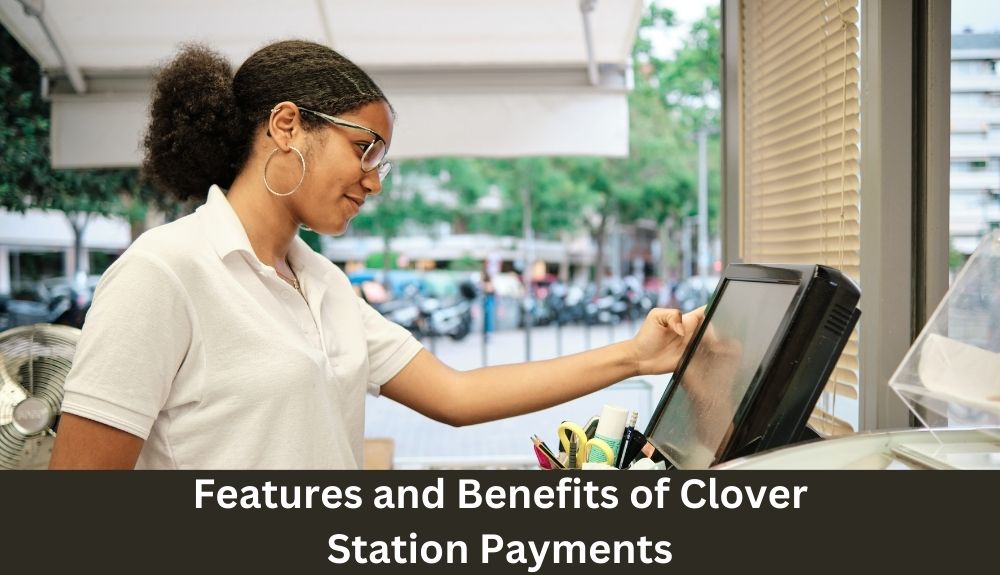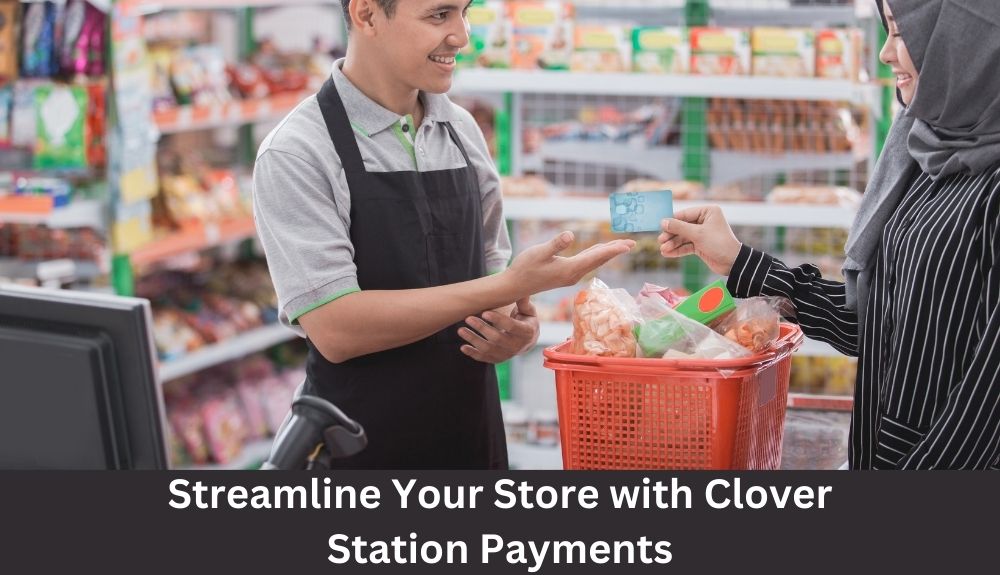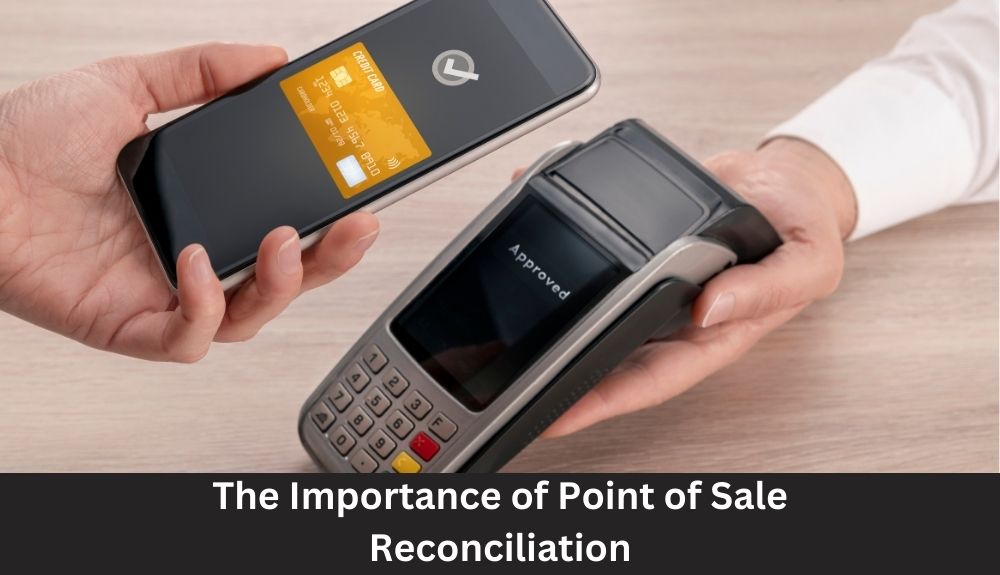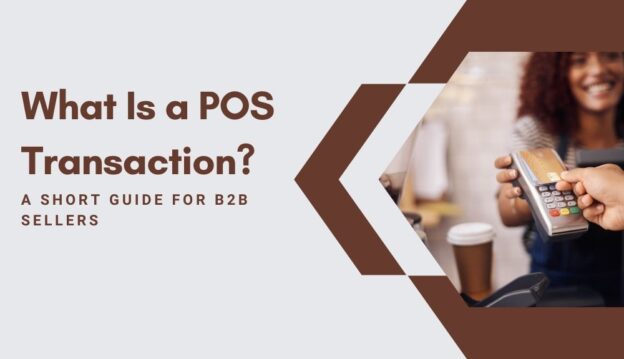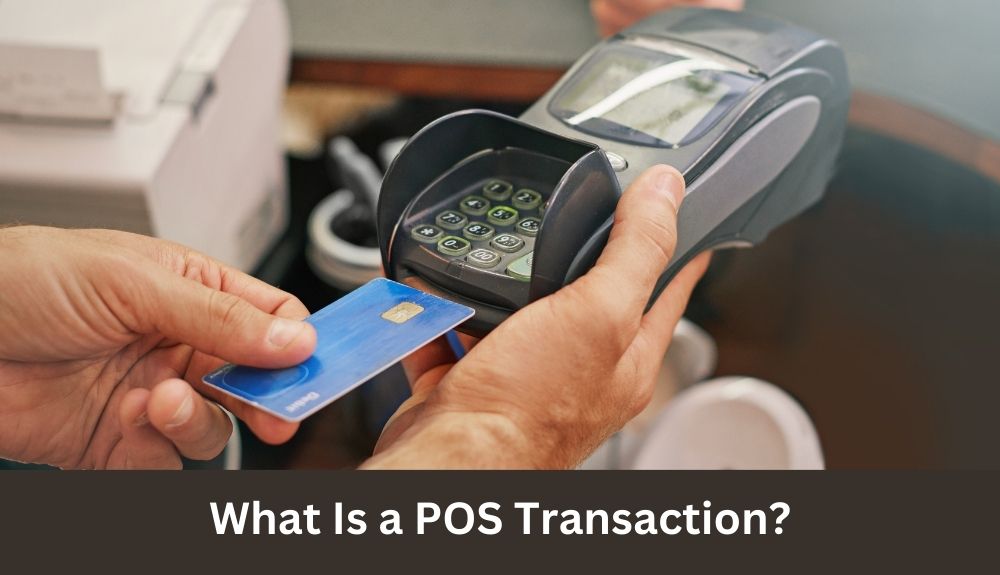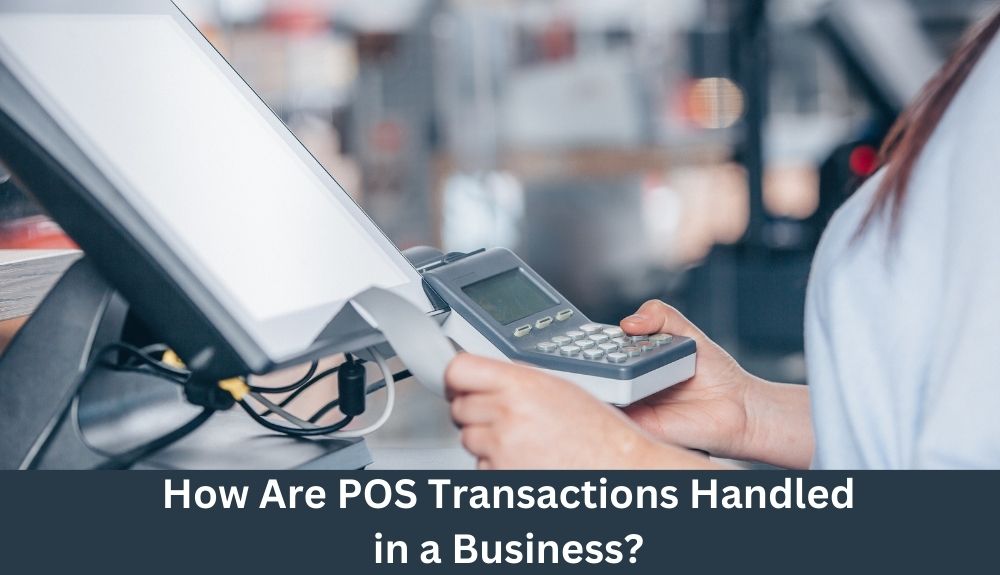In today’s fast-paced retail environment, having an efficient and reliable point of sale (POS) system is crucial for the success of any grocery store. A grocery store POS system is a software and hardware solution that allows retailers to process transactions, manage inventory, track sales, and analyze data. It serves as the central hub for all retail operations, providing real-time information and streamlining processes.
A grocery store POS system offers numerous benefits to both the retailer and the customer. For retailers, it provides accurate and up-to-date sales data, allowing them to make informed decisions about inventory management, pricing, and promotions. It also simplifies the checkout process, reducing waiting times and improving customer satisfaction. Additionally, a POS system can help prevent theft and fraud by tracking sales and monitoring employee activity.
For customers, a grocery store POS system ensures a smooth and efficient shopping experience. It enables quick and accurate transactions, accepts various payment methods, and provides detailed receipts. It also allows customers to redeem loyalty points, apply discounts, and receive personalized offers. Overall, a grocery store POS system enhances the overall shopping experience and builds customer loyalty.
Factors to Consider Before Implementing a Grocery Store POS System
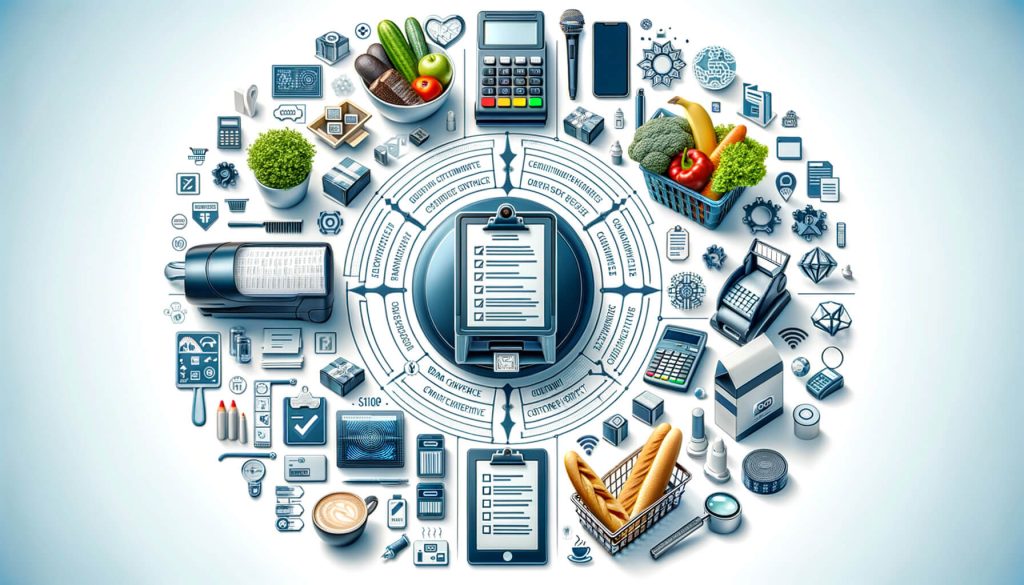
Before implementing a grocery store POS system, there are several factors that retailers need to consider. These factors will help them choose the right system that meets their specific needs and budget. Here are some key factors to consider:
- Scalability: Retailers should consider the scalability of the POS system. Will it be able to handle the growth of the business? Can it accommodate additional stores or locations? It is important to choose a system that can grow with the business and adapt to changing needs.
- Integration: Retailers should assess the compatibility of the POS system with other software and hardware solutions they currently use. Integration with accounting software, inventory management systems, and e-commerce platforms is essential for seamless operations.
- User-Friendliness: The ease of use of the POS system is crucial for both employees and customers. A user-friendly interface and intuitive navigation will reduce training time and minimize errors during transactions.
- Customization: Retailers should consider the level of customization offered by the POS system. Can they tailor the system to their specific needs and branding? Customization options allow retailers to create a unique and personalized shopping experience for their customers.
- Reporting and Analytics: The ability to generate detailed reports and analyze sales data is essential for making informed business decisions. Retailers should choose a POS system that provides comprehensive reporting and analytics features.
Choosing the Right Grocery Store POS System: Key Features and Considerations
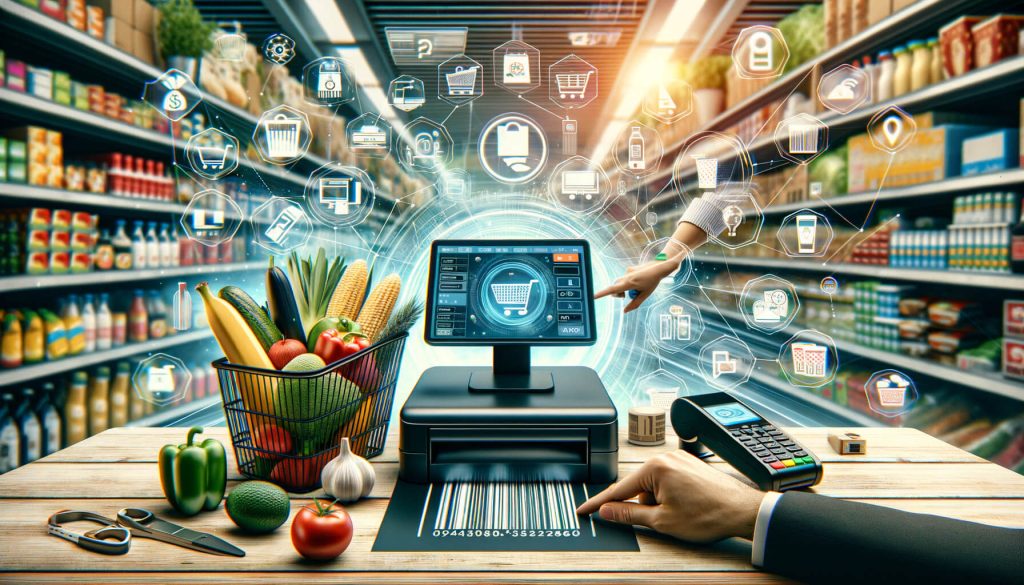
When choosing a grocery store POS system, retailers should consider several key features and factors. These features will ensure that the system meets their specific requirements and provides the necessary functionality. Here are some key features and considerations to keep in mind:
- Inventory Management: An effective inventory management feature is crucial for grocery stores. The POS system should allow retailers to track stock levels, manage purchase orders, and automate reordering. It should also provide real-time updates on inventory availability.
- Barcode Scanning: Barcode scanning capabilities streamline the checkout process and reduce human errors. The POS system should support barcode scanning for efficient and accurate product identification.
- Payment Processing: The ability to accept various payment methods, such as credit cards, debit cards, mobile payments, and cash, is essential for a grocery store POS system. It should also support contactless payments and integrate with payment processors.
- Loyalty Programs: A loyalty program feature allows retailers to reward and retain loyal customers. The POS system should support loyalty programs, enabling customers to earn and redeem points, receive discounts, and access exclusive offers.
- Customer Relationship Management (CRM): A CRM feature helps retailers build and maintain customer relationships. The POS system should store customer information, purchase history, and preferences, allowing retailers to provide personalized service and targeted marketing campaigns.
- E-commerce Integration: In today’s digital age, having an online presence is crucial for grocery stores. The POS system should integrate with e-commerce platforms, enabling retailers to sell products online and synchronize inventory across channels.
The Initial Investment: Cost Breakdown of Implementing a Grocery Store POS System
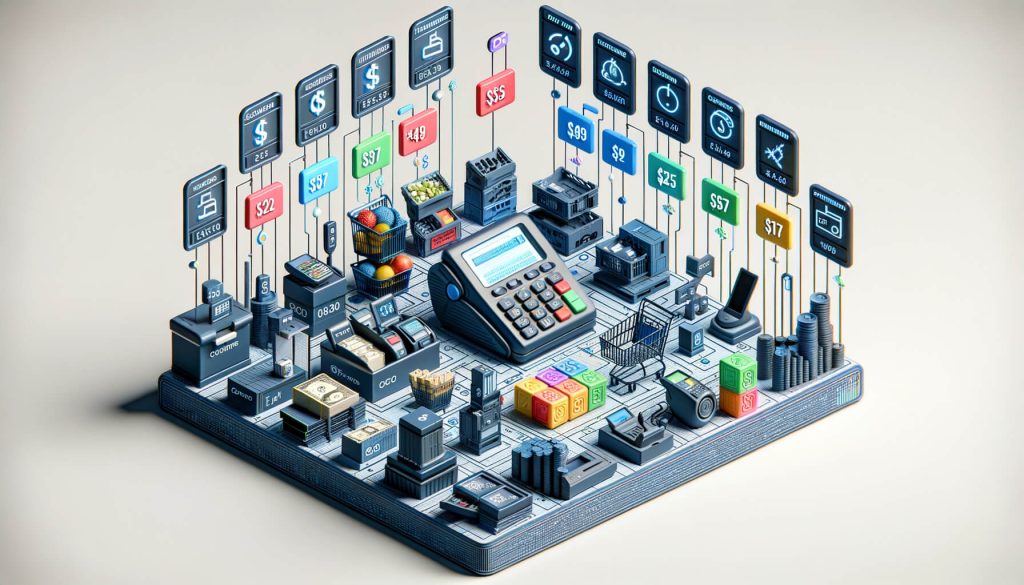
Implementing a grocery store POS system requires an initial investment that includes both hardware and software costs. The cost breakdown will vary depending on the size of the store, the number of checkout lanes, and the specific requirements of the retailer. Here is a breakdown of the typical costs associated with implementing a grocery store POS system:
Hardware Costs
Hardware forms the backbone of a POS system. Essential hardware components include:
- POS Terminals: Devices used to input transaction details.
- Barcode Scanners: For scanning product codes.
- Receipt Printers: To provide customers with purchase receipts.
- Cash Drawers: For securely storing cash transactions.
- Customer Displays: To show transaction details in real time.
Costs vary depending on the quality and features. For example, a basic terminal may cost $300-$600, while advanced touchscreen models range from $1,000 to $2,500.
Software Costs
POS software manages transactions, inventory, and reporting. Costs depend on:
- Cloud-Based Software: Subscription-based, typically $50-$300/month per terminal.
- On-Premise Software: One-time purchase ranging from $500 to $2,000.
Peripheral Equipment
Additional peripherals like scales for weighted items and handheld scanners can add $200-$1,000 to the budget.
Network Setup
Implementing a reliable network to connect all hardware and software components may involve $200-$500 for routers, cables, and setup fees.
Initial Costs of Implementing a POS System
Purchasing Hardware
- Basic Setup: $1,500-$3,000 for one terminal with essential peripherals.
- Advanced Setup: $3,500-$6,000 with advanced features like biometric authentication.
Software Installation
- Cloud-Based Software: $500-$1,000 annually for subscription fees.
- On-Premise Software: $1,000-$5,000 for a one-time license fee.
Installation and Setup
Professional installation ensures seamless integration of hardware and software, costing $500-$1,500 depending on store size.
Ongoing Costs of a Grocery Store POS System
Beyond initial implementation, ongoing costs include:
Software Updates and Subscriptions
- Regular updates ensure compliance and efficiency, often included in subscription fees.
- Standalone updates for on-premise systems cost $200-$500 annually.
Maintenance and Support
- Technical support contracts range from $300-$1,200 annually, depending on service levels.
Training Costs
Training employees to use the system effectively costs $500-$1,500 for initial sessions. Refresher courses may add $200-$500 annually.
Payment Processing Fees
Payment gateways integrated into the POS system incur:
- Transaction Fees: 2.5%-3.5% per transaction.
- Monthly Gateway Fees: $10-$50.
Hidden Costs: Unforeseen Expenses Associated with a Grocery Store POS System
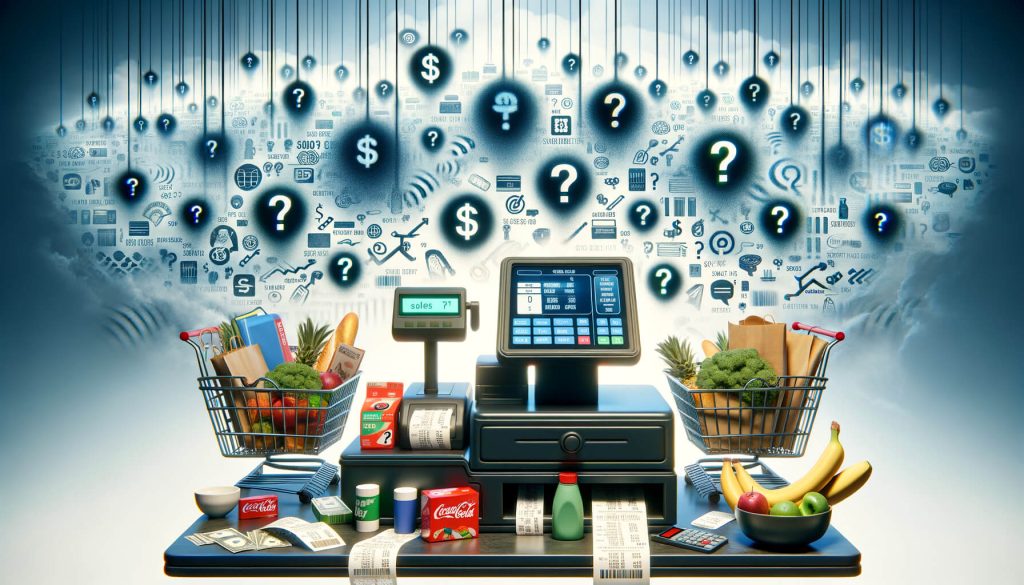
While the initial investment is a significant cost associated with implementing a grocery store POS system, there are also hidden costs that retailers need to consider. These hidden costs can arise during the implementation process or after the system is up and running. Here are some common hidden costs associated with a grocery store POS system:
- Customization and Integration: Retailers may incur additional costs if they require customization or integration with other software solutions. Customization may involve modifying the user interface, adding specific features, or integrating with third-party applications. These additional costs should be considered during the evaluation phase.
- Maintenance and Support: Ongoing maintenance and support are essential for the smooth operation of a grocery store POS system. Retailers may need to pay for software updates, bug fixes, and technical support. The cost of maintenance and support will depend on the terms and conditions of the POS system provider.
- Hardware Upgrades: Over time, hardware components may become outdated or require replacement. Retailers should budget for hardware upgrades to ensure the system remains efficient and compatible with the latest technology. The frequency and cost of hardware upgrades will depend on the lifespan of the hardware components.
- Data Security: Protecting customer information is crucial for grocery stores. Retailers may need to invest in additional security measures, such as firewalls, antivirus software, and encryption tools, to safeguard customer data. The cost of data security will depend on the level of protection required and the size of the store.
- Employee Training: As new employees join the store or existing employees require refresher training, retailers may need to allocate resources for ongoing training. This ensures that all employees are proficient in using the POS system and can provide excellent customer service. The cost of employee training will depend on the number of employees and the training method chosen.
Return on Investment (ROI): Calculating the Financial Benefits of a Grocery Store POS System
While implementing a grocery store POS system involves upfront costs, it also provides significant financial benefits that can result in a positive return on investment (ROI). Calculating the ROI of a POS system involves considering both the cost savings and revenue generation opportunities. Here are some financial benefits to consider when calculating the ROI of a grocery store POS system:
- Increased Efficiency: A grocery store POS system streamlines operations and reduces manual tasks, resulting in increased efficiency. This can lead to cost savings by reducing labor costs and improving productivity. Retailers should consider the time saved by employees and the potential for redeploying staff to other areas of the store.
- Inventory Management: Accurate inventory management provided by a POS system can lead to cost savings by minimizing stockouts and overstocking. Retailers can optimize inventory levels, reduce spoilage, and avoid unnecessary purchases. The cost savings from improved inventory management should be factored into the ROI calculation.
- Enhanced Customer Experience: A grocery store POS system improves the overall shopping experience, leading to increased customer satisfaction and loyalty. Satisfied customers are more likely to return and recommend the store to others, resulting in higher sales and revenue. Retailers should consider the potential increase in sales and customer retention when calculating the ROI.
- Data-Driven Decision Making: A POS system provides retailers with valuable sales data and analytics. By analyzing this data, retailers can make informed decisions about pricing, promotions, and product assortment. These data-driven decisions can lead to increased sales and profitability. The potential increase in sales and profitability should be considered when calculating the ROI.
- Fraud Prevention: A grocery store POS system helps prevent theft and fraud by tracking sales and monitoring employee activity. By reducing shrinkage and preventing fraudulent transactions, retailers can save money and protect their bottom line. The cost savings from fraud prevention should be factored into the ROI calculation.
Training and Support: Ensuring a Smooth Transition to a Grocery Store POS System
Implementing a grocery store POS system involves a significant change in operations, and proper training and support are essential for a smooth transition. Retailers should ensure that employees are adequately trained to use the new system and that ongoing support is available. Here are some tips for ensuring a smooth transition to a grocery store POS system:
- Employee Training: Provide comprehensive training to all employees who will be using the POS system. This includes training on basic functions, such as processing transactions and managing inventory, as well as advanced features, such as generating reports and analyzing data. Training sessions should be conducted by experienced trainers and may include hands-on practice.
- User Manuals and Documentation: Provide user manuals and documentation that outline the step-by-step processes for using the POS system. These resources should be easily accessible and regularly updated to reflect any changes or updates to the system. Retailers should encourage employees to refer to the documentation whenever they have questions or need assistance.
- Ongoing Support: Ensure that ongoing support is available to address any issues or questions that may arise after the implementation of the POS system. This may include a dedicated support hotline, email support, or an online knowledge base. Retailers should also consider having a designated point person within the organization who can provide immediate assistance to employees.
- Test and Troubleshoot: Before fully implementing the POS system, conduct thorough testing and troubleshooting to identify any potential issues or bugs. This will help minimize disruptions and ensure that the system is functioning properly. Retailers should involve employees in the testing process to gather feedback and address any concerns.
- Continuous Improvement: Regularly evaluate the performance of the grocery store POS system and gather feedback from employees and customers. This will help identify areas for improvement and ensure that the system continues to meet the needs of the business. Retailers should be open to making necessary adjustments and updates to enhance the functionality and usability of the system.
Data Security and Compliance: Protecting Customer Information with a Grocery Store POS System
Data security and compliance are critical considerations when implementing a grocery store POS system. Retailers must ensure that customer information is protected from unauthorized access and comply with relevant data protection regulations. Here are some measures to protect customer information with a grocery store POS system:
- Secure Network: Implement a secure network infrastructure to protect customer data from unauthorized access. This includes using firewalls, encryption, and secure Wi-Fi networks. Retailers should regularly update network security protocols and monitor for any suspicious activity.
- Payment Card Industry Data Security Standard (PCI DSS) Compliance: Ensure that the grocery store POS system is compliant with the PCI DSS, which is a set of security standards for handling credit card information. Compliance with the PCI DSS helps protect customer payment card data and reduces the risk of data breaches.
- User Access Controls: Implement user access controls to restrict access to sensitive customer information. Each employee should have a unique login and password, and access privileges should be assigned based on job roles and responsibilities. Retailers should regularly review and update user access controls to prevent unauthorized access.
- Data Encryption: Encrypt customer data, both during transmission and storage, to protect it from unauthorized access. Encryption ensures that even if data is intercepted, it cannot be read without the encryption key. Retailers should use industry-standard encryption algorithms and regularly update encryption protocols.
- Regular Data Backups: Regularly backup customer data to ensure that it can be restored in the event of a system failure or data loss. Backups should be stored securely and tested periodically to ensure data integrity. Retailers should have a disaster recovery plan in place to minimize downtime and data loss.
Frequently Asked Questions (FAQs)
Q1. How much does a grocery store POS system cost?
The cost of a grocery store POS system can vary depending on the size of the store, the specific requirements, and the features included. On average, the initial investment can range from a few thousand dollars to tens of thousands of dollars.
Q2. Can I use my existing hardware with a grocery store POS system?
In some cases, it may be possible to use existing hardware with a new POS system. However, compatibility and integration capabilities should be considered, and it is recommended to consult with the POS provider to ensure compatibility.
Q3. How long does it take to implement a grocery store POS system?
The implementation time can vary depending on the complexity of the system and the level of customization required. On average, it can take anywhere from a few days to several weeks to fully implement a grocery store POS system.
Q4. What kind of customer support is available for a grocery store POS system?
Reliable customer support is essential when implementing a new POS system. Look for a provider that offers 24/7 support and has a reputation for prompt and effective assistance. This can include phone support, email support, and online resources such as knowledge bases or video tutorials.
Q5. Can a grocery store POS system help with inventory management?
Yes, a grocery store POS system can help with inventory management by providing real-time visibility into stock levels, automated reordering, and tracking of product availability. This can help prevent overstocking or understocking of products and optimize purchasing decisions.
Conclusion
Implementing a grocery store POS system is a significant investment for any business. However, the benefits of improved efficiency, accurate inventory management, and enhanced sales reporting can outweigh the initial costs. By considering factors such as business size, integration capabilities, user-friendliness, and security, grocery store owners can choose the right POS system for their specific needs.
The initial investment for a grocery store POS system includes hardware and software costs, installation and setup, training, and ongoing support and maintenance. It is important to also consider hidden costs such as additional hardware, software upgrades, integration costs, data migration, and additional licenses.
Calculating the ROI of a grocery store POS system involves considering the financial benefits such as increased efficiency, improved inventory management, enhanced sales reporting and analytics, customer loyalty, and cost savings from reduced errors. By weighing the costs against the potential benefits, grocery store owners can make an informed decision and choose a POS system that will optimize their operations and ultimately boost profitability.

